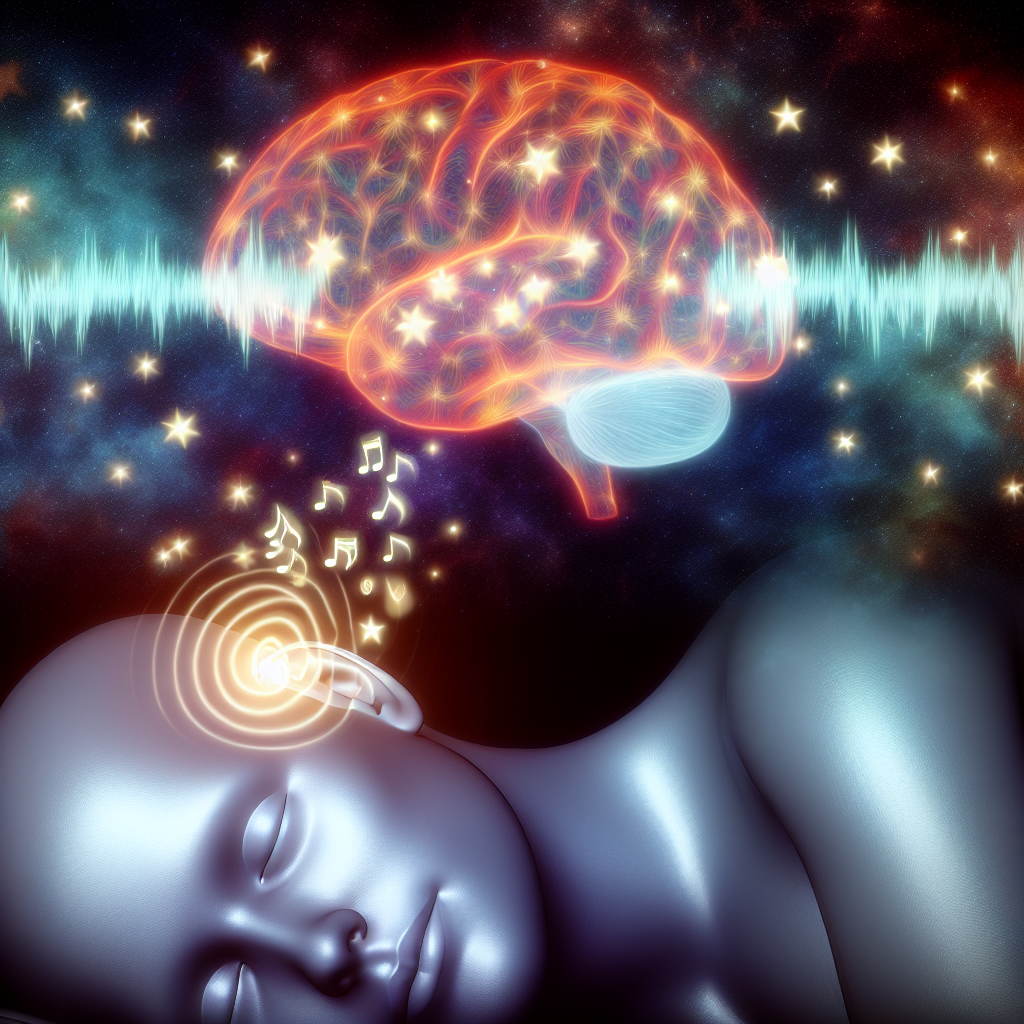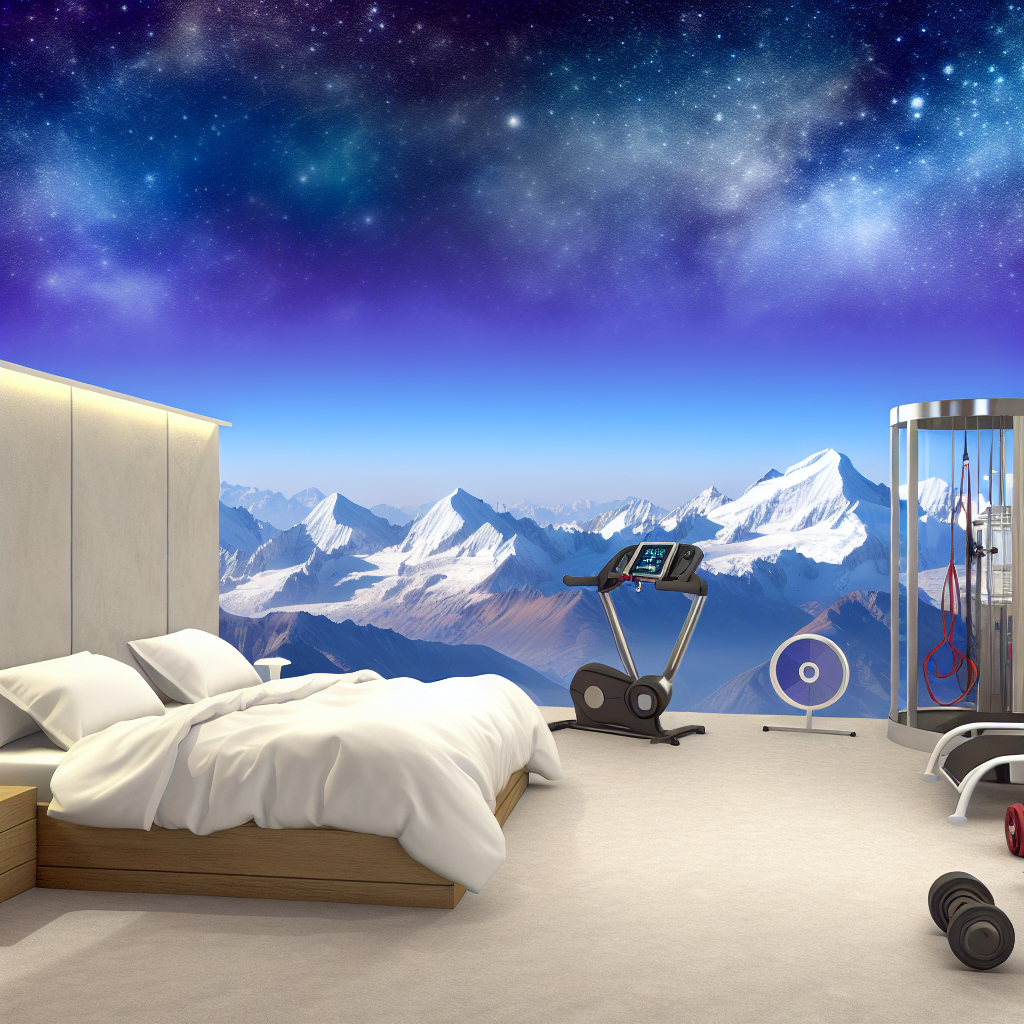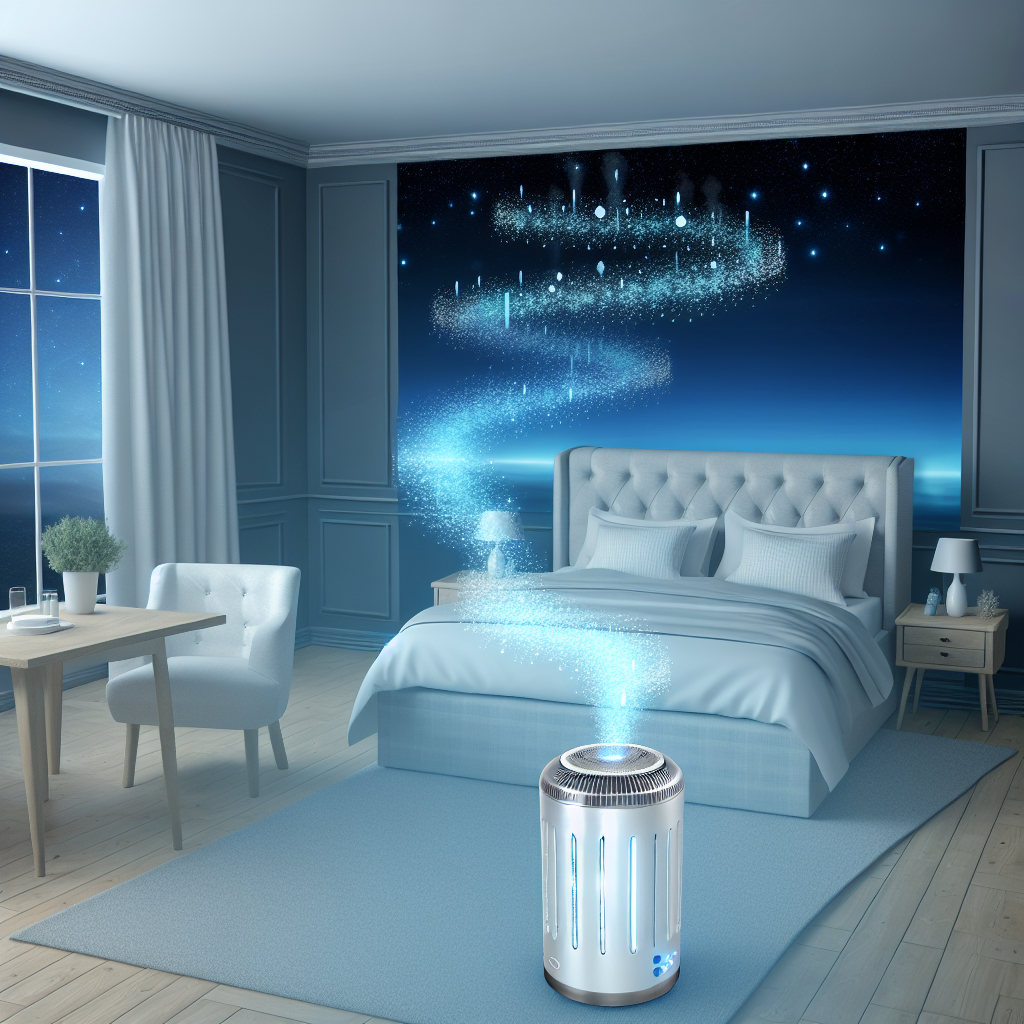Targeted Memory Consolidation: Audio Cueing Technology for Knowledge Retention During Sleep
Introduction: Unlocking the Power of Sleep for Learning
Sleep plays a vital role in memory consolidation, the process by which newly acquired information is strengthened and integrated into long-term memory. Researchers have uncovered remarkable ways to enhance memory retention even during sleep, including a breakthrough called targeted memory reactivation (TMR) through audio cueing technology.
Targeted Memory Reactivation involves playing specific sounds, words, or auditory cues while a person is asleep, reinforcing previously learned material and improving memory recall upon waking. Certain sleep phases, particularly slow-wave sleep (SWS), are crucial for consolidating declarative and procedural memories, and audio cueing can stimulate the brain’s natural ability to organize and store information more effectively.
The implications of TMR are vast, from enhancing student learning to aiding cognitive rehabilitation. This article explores how audio cueing enhances memory consolidation during sleep, examines key research supporting its efficacy, and explores potential applications in education, skill development, and cognitive therapy.
How Audio Cueing Enhances Memory Consolidation During Sleep
Numerous studies have explored the effects of audio cueing during sleep and its benefits for memory consolidation. One notable study by Rudoy et al. (2009) found that playing associated sounds during slow-wave sleep led to significantly higher recall rates upon waking. A more recent study by Cairney et al. (2018) confirmed that cued memory reactivation not only improves recall but also enhances long-term retention.
Research has also shown that audio cueing of rhythm or key sequences during sleep can improve motor-skill learning, such as playing an instrument or perfecting athletic movements. Researchers found that musicians who listened to previously learned melodies while asleep with audio cueing performed those melodies more accurately upon waking (Antony et al., 2012).
Potential Applications: From Education to Cognitive Therapy
This research paves the way for potential applications in education, cognitive therapy, and even sleep-based rehabilitation programs:
1. Education & Learning Enhancement – Students could use this technique to reinforce new vocabulary, historical facts, or complex concepts, making learning more efficient.
2. Music & Motor Skill Development – Musicians and athletes may benefit from sleep-enhanced reinforcement of previously practiced movements and sequences.
3. Cognitive Rehabilitation – Patients recovering from strokes or neurological disorders might strengthen cognitive and motor functions using targeted audio cueing during sleep.
Challenges and the Future of Audio Cueing Technology
While the potential benefits are promising, challenges remain. One critical consideration is timing and personalization of cueing, as not all sleep stages are equally receptive to auditory influence, and improper cueing could disrupt sleep cycles instead of enhancing learning.
Future advancements in sleep-tracking wearables and AI-driven technology could help fine-tune the delivery of cues, ensuring optimal learning benefits without impairing sleep quality. By integrating smart sensors capable of detecting sleep cycles in real time, audio cueing can be delivered with pinpoint accuracy for maximum memory retention.
Conclusion: A New Era in Sleep-Based Learning
Targeted Memory Consolidation via audio cueing presents an exciting frontier in sleep and cognitive neuroscience. By leveraging the brain’s natural memory processing capabilities during sleep, researchers have demonstrated that auditory cues can reinforce learning, improve recall, and enhance motor-memory skills. Emerging research supports its potential for students, professionals, and individuals undergoing cognitive and rehabilitation therapies.
However, while these advancements hold great promise, it is essential to approach them with a balance of optimism and caution. Proper timing, personalization, and ongoing research are crucial to maximizing the benefits while ensuring sleep quality remains uncompromised. As sleep science continues to evolve, audio cueing technology could soon become a mainstream tool for harnessing the full power of memory consolidation during sleep.
Summary:
Targeted Memory Consolidation through audio cueing technology is a promising approach to enhancing learning and memory retention during sleep. By playing specific sounds or cues during key sleep stages, researchers have shown that this technique can reinforce previously learned information, improve recall, and even enhance motor-skill development. With potential applications in education, cognitive therapy, and rehabilitation, audio cueing technology offers an exciting frontier in sleep-based learning. However, careful timing and personalization are crucial to maximizing the benefits while ensuring sleep quality is not compromised.
References:
[Rudoy et al. (2009). Strengthening individual memories by reactivating them during sleep. Science.](https://www.science.org/doi/10.1126/science.1179013)
[Cairney et al. (2018). Memory consolidation is linked to spindle-mediated information processing during sleep. Sleep.](https://academic.oup.com/sleep/article/41/9/zsy122/5055777)
[Antony et al. (2012). Cued memory reactivation during sleep influences skill learning. Nature Neuroscience.](https://www.nature.com/articles/nn.3203)

Dominic E. is a passionate filmmaker navigating the exciting intersection of art and science. By day, he delves into the complexities of the human body as a full-time medical writer, meticulously translating intricate medical concepts into accessible and engaging narratives. By night, he explores the boundless realm of cinematic storytelling, crafting narratives that evoke emotion and challenge perspectives.
Film Student and Full-time Medical Writer for ContentVendor.com




